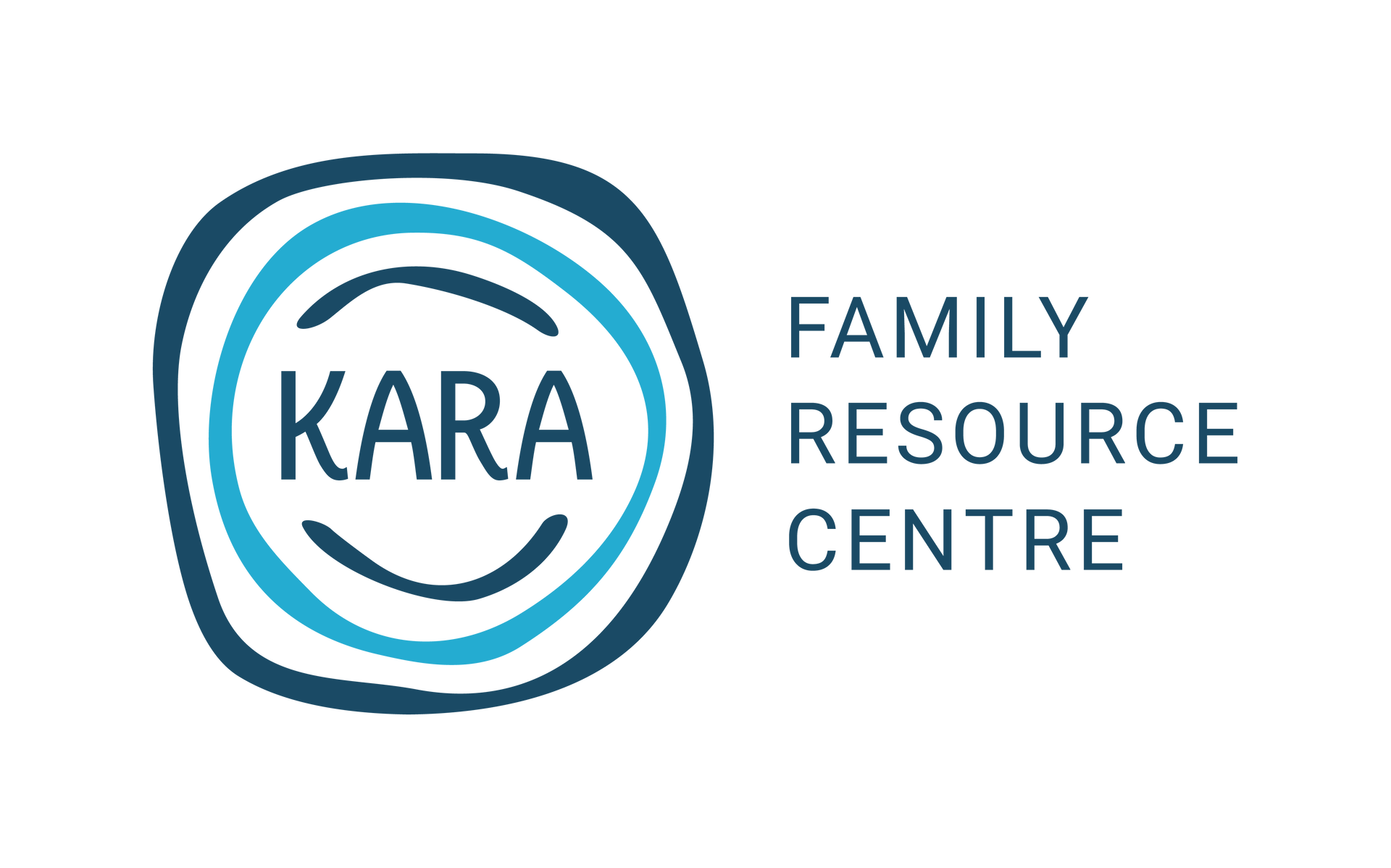Championing
a better future
for families

KARA Family Resource Centre is a nonprofit in Edmonton committed to championing a brighter future for families and communities through supportive programs and services. We provide a variety of free programs designed to support family wellness, including Parent Education, Early Childhood Development & Family Support Programs, and Developmental Screening. We offer free Community Events, Family Evenings, and Family Navigation services, creating opportunities for families to connect, learn, and grow in a supportive environment.
KARA’s Impact In 2024:
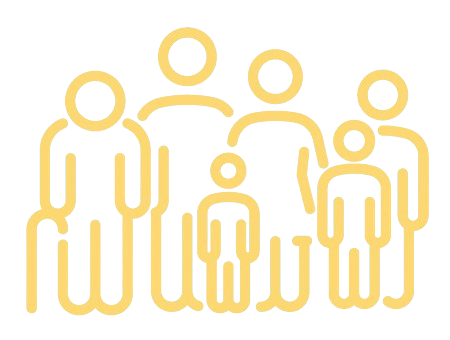
3700
Individuals Served
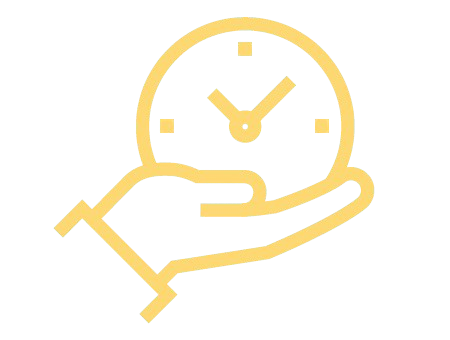
1550
Program Hours
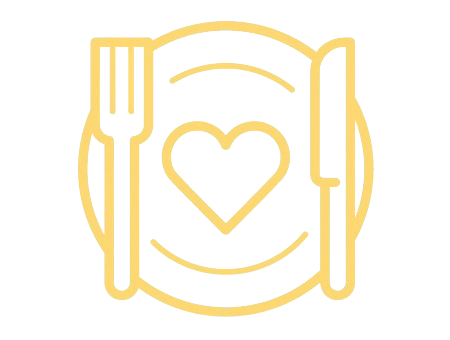
6000
Meals & Snacks Served
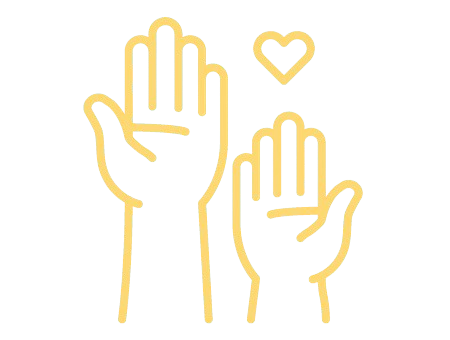
2539
Volunteer Hours
KARA = Kids Are the Responsibility of All
Programs
KARA Family Resource Centre provides free programs designed to support families and children of all ages. Whether it’s hands-on learning in Kids in the Kitchen, creative exploration in Bright Mind Adventures and After School Adventures, or family-friendly fun at our Family Evenings and community events—there’s something for everyone!
Our program guide is released quarterly, offering fresh opportunities to learn, connect, and grow. Explore our latest programs here:
Join Us in 2025!
Want to know what’s coming up? Stay tuned for updates—we can’t wait to celebrate with you!
Contact Us
We will get back to you as soon as possible.
Please try again later.
Get involved

Donate
Your donation helps to champion a brighter future for families and communities in Edmonton!
Partner
Help us in building supportive programs that are rooted in education, connection, and acceptance.
